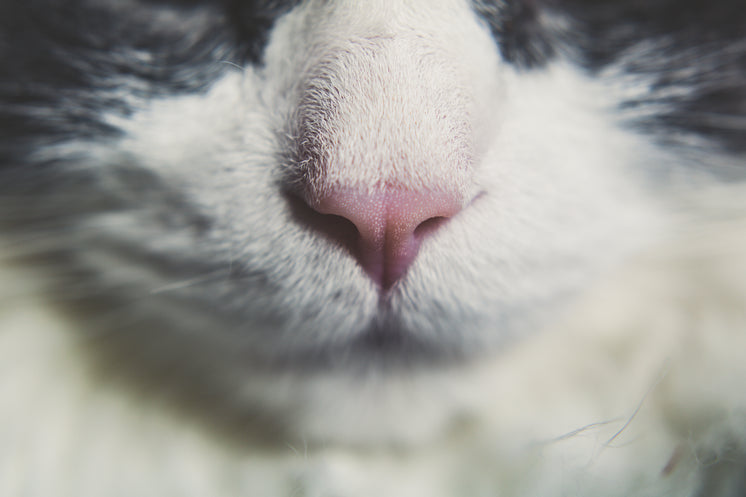The Impact of Cat Litter on Indoor Air Quality
The Impact of Cat Litter on Indoor Air Quality
Blog Article

Cat litter and litter boxes play a pivotal function in the lives of both cats and their owners. From the simple beginnings of sand and soil to the ingenious improvements of today, the world of cat litter has evolved considerably. In this detailed guide, we explore every aspect of cat litter and litter boxes, exploring their history, types, benefits, challenges, and everything in between.
The history of cat litter dates back centuries, with ancient civilizations using sand, soil, and even ashes as primitive litter materials. However, it wasn't until the mid-20th century that modern cat litter as we know it emerged. In 1947, Edward copyright introduced the world's first commercial cat litter made from absorbent clay, transforming the way cats relieved themselves inside your home. Because then, cat litter has undergone numerous transformations, with the introduction of clumping litter, silica gel litter, biodegradable options, and more.
Today, feline owners are ruined for option when it concerns choosing the best litter for their feline companions. Traditional clay litter stays popular for its price and efficiency in soaking up smells. Clumping litter, which forms solid clumps when wet, simplifies cleansing and upkeep. Silica gel litter, made up of highly absorbent silica crystals, offers superior smell control and durability. Naturally degradable choices, such as recycled paper, wood pellets, corn, and wheat, attract environmentally mindful customers.
Each type of cat litter offers unique benefits. Clay litter masters its ability to soak up wetness and control odors, making it a reputable choice for many feline owners. Clumping litter streamlines daily scooping and extends the time between total litter changes. Silica gel litter provides extraordinary smell control and can last longer between replacements. Eco-friendly litters provide a sustainable alternative that minimizes ecological impact.
While cat litter enhances indoor feline health, it is not without its difficulties. Dust from clay litter can pose breathing dangers for both felines and human beings, prompting self cleaning cat litter box the appeal of dust-free alternatives. Some felines might develop litter box hostility due to problems with texture, scent, or tidiness, necessitating experimentation with various litters and box configurations. Multi-cat households might require tactical litter box placement and regular maintenance to avoid territorial disputes and make sure all cats have access to clean centers.
Selecting the suitable litter box is important for promoting favorable litter box practices and overall feline wellness. Factors to think about include size, availability, cat litter boxes and design choices. Covered litter boxes provide personal privacy and help include odors, however some felines may discover them confining or daunting. Open-top litter boxes offer easy access and presence but may lead to more litter scatter. Automatic self-cleaning litter boxes improve upkeep but need regular tracking and upkeep.
Appropriate litter box maintenance is vital for ensuring a tidy and welcoming environment for both cats and their owners. Daily scooping gets rid of waste quickly, decreasing odor and preventing litter box aversion. Regular litter replacement, usually every 1-2 weeks, avoids bacterial buildup and preserves optimum absorbency. Comprehensive cleansing with moderate detergent and water, avoiding severe chemicals that might deter Wood Cat Litter cats from utilizing package, need to be performed monthly.
Cat litter and litter boxes play a central function in promoting a healthy and unified relationship between cats and their human companions. With a varied selection of litter alternatives and litter box designs offered, feline owners have the versatility to customize their options to suit their cats' preferences and home requirements. By comprehending the advancement, types, advantages, and challenges of cat litter and litter boxes, pet owners can offer their feline pals with a comfy and sanitary indoor environment.